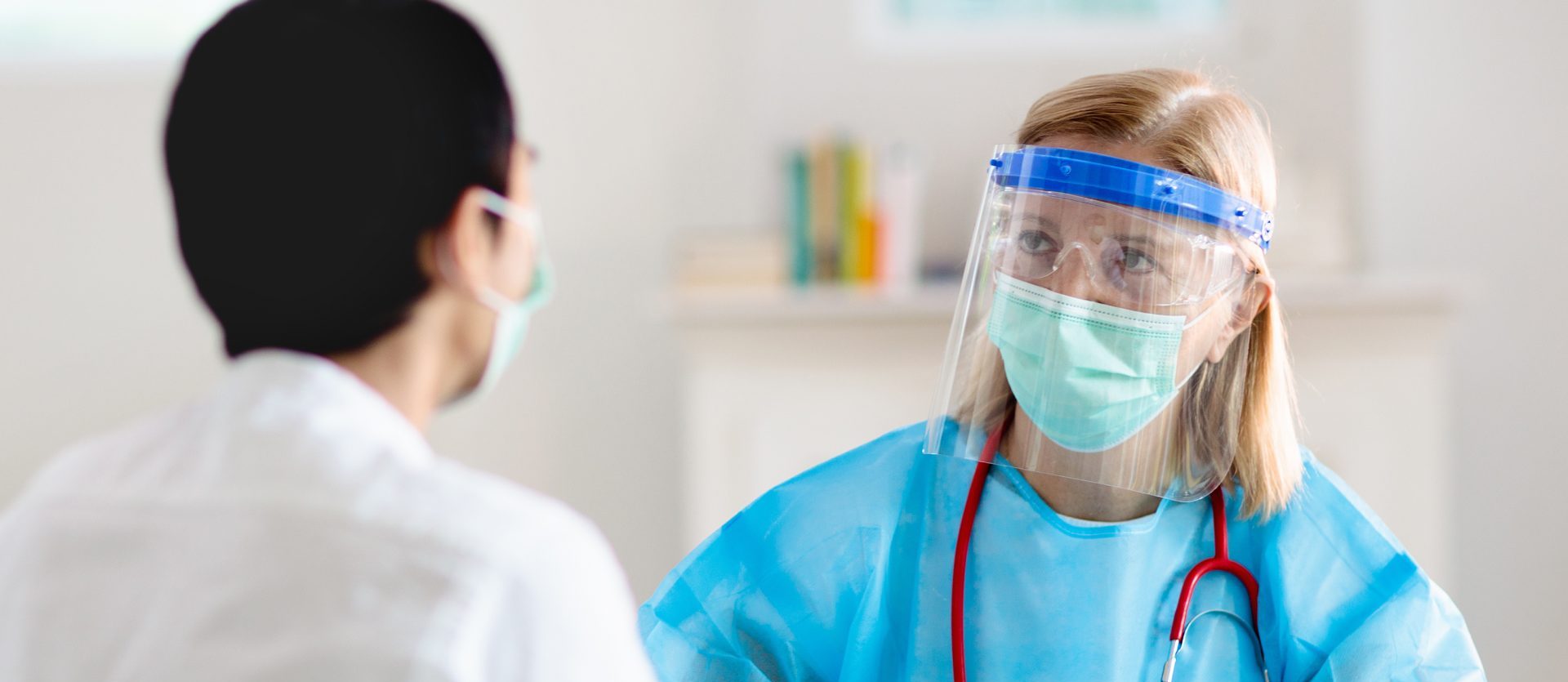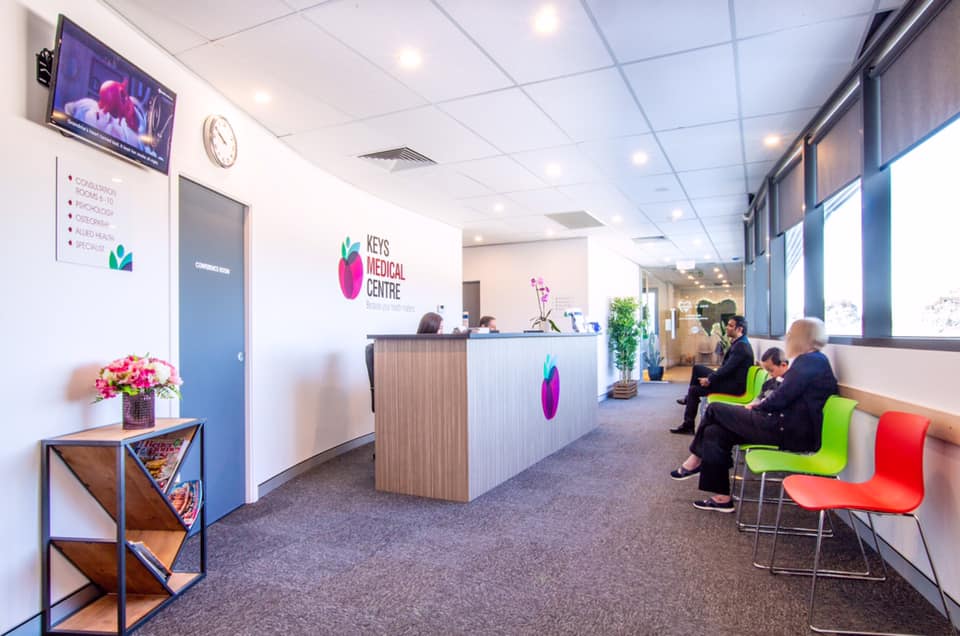Innovative approaches to community care
The 2019 Victorian Population Health survey found that 57 per cent of people in the catchment live with two or more chronic conditions
It’s estimated that about 900,000 people in south eastern Melbourne live with one or more chronic health conditions, with coronary heart disease being the leading cause of death
 SEMPHN has been partnering with general practices and leading experts in chronic disease to help improve, manage and prevent chronic health conditions within our communities.
SEMPHN has been partnering with general practices and leading experts in chronic disease to help improve, manage and prevent chronic health conditions within our communities.

Care Coordination helps patients manage their health
In 2020-21 SEMPHN invested $6 million to the Care Coordination program in General Practice across eight local government areas in south east Melbourne
Care Coordination is a term used to describe working with a patient to develop a comprehensive plan that helps patients take more control of their health and achieve their goals.
It supports patients with a chronic condition(s), at risk of admission to hospital, or who may have complex needs, which includes conditions related to unhealth lifestyle factors. It is a patient-centred approach that involves the timely coordination of health, community and social services to meet a patient’s needs. Most importantly, Care Coordination is a partnership between the patient, carers and providers.
In 2020-21 SEMPHN invested $6 million to the Care Coordination program in General Practice across eight local government areas in south east Melbourne.
During this time, COVID has placed additional burdens on practices, with many facing the challenges of increased patients and the responsibility to protect their patients during a pandemic.
Key Highlights
- $780,000 in additional COVID funding enabled an extra 470 patients to access Care Coordination
- $10,000 in additional funding enabled practices to buy PPE/consumables
Care Coordination supports Casey residents
Previous Care Coordination funding recipient, Casey Medical in Cranbourne talks about how the support has helped better manage their patient’s chronic health conditions.
Support for patients in the After Hours
After Hours funding helps to ensure people have access to quality primary care services where and when they need them
In 2020-21 SEMPHN funded 11 general practices across 10 local government areas a total of $1.7M to increase and sustain effective and accessible face-to-face primary care After Hours services.
The funding enabled practices to:
- Extend their existing hours to be open after hours and on weekends
- Increase the availability of their workforce after hours
- Enhance connectivity between local services and community.
11 general practices across 10 local government areas received a total of $1.7M to increase and sustain effective and accessible face-to-face primary care After Hours services

After Hours services at Keys Medical Centre
SEMPHN’s After Hours funding has been fundamental to supporting patients and the clinic, particularly during COVID

Keys Medical Centre is a busy bulk-billing clinic located in Keysborough South and is one of the 11 practices which received After Hours funding from SEMPHN last year.
The clinic has a fast-growing patient base of almost 30,000 patients and more than12 general practitioners working alongside several specialists and allied health practitioners. In 2020-21, the clinic welcomed three new general practitioners, three additional consulting specialists and two new nurses to support the increase of patients and community needs.
SEMPHN’s After Hours funding has been fundamental to supporting patients and the clinic, particularly during COVID.
“The funding has enabled us to have a GP, nurse and receptionist available to see patients after hours”, said Practice Manager, Riekie Jooste. “We’ve since been able to accommodate many more patients, particularly those who are unavailable during business hours.”
Having the clinic open has also helped reduce the burden on emergency departments at local hospitals.
“We’ve been able to coordinate with nearby hospitals, such as Dandenong Hospital, by accepting patients with non-life-threatening conditions from their emergency department to be seen at our clinic”, said Riekie.
“Our patients, new and existing alike, have given us exceedingly positive feedback as we administered this program over the last year”, she said.
During COVID, SEMPHN has been able to also assist Keys Medical Centre with supplies of essential PPE and other resources to support their increased patient uptake during lockdown.
Increasing breast screening rates for women in south east
The Mobile Screening Service screened 1,347 women in LGAs Dandenong, Casey and Cardinia Shire
Approximately 17,000 women are diagnosed with breast cancer every year in Australia. When breast cancer is detected early, women have a much greater chance of being treated successfully. For most women, the cancer will not come back after treatment.
In 2020-21, SEMPHN commissioned BreastScreen Victoria (BSV) to develop new strategies and engagement tools to help improve breast cancer screening rates across Melbourne’s south east.
Not surprisingly, COVID-19 has had an impact on screening rates, with a decline in women screening for breast cancers since 2019.
Since 2020, appointments at BreastScreen Victoria clinics were reduced due to physical distancing and extra cleaning requirements. This resulted in longer wait times, with some clients having to wait over 12 weeks to be screened.
SEMPHN was able to relocate some of the project funding to enable additional appointments out of hours.
SEMPHN supported BSV to open 1,572 out of hours appointments across four BSV clinics. This enabled an extra 1,402 women to be breast screened during COVID.
As part of the project, BreastScreen Victoria made its way across three Local Government Areas (LGAs) to engage eligible people aged 50-74 who had never had a breast screen or to encourage re-screening for those who were overdue.
The pink van known as the Mobile Screening Service (MSS) saw 1,347 clients in Dandenong, Casey and Cardinia Shire, screening 341 women who had never been screened and 321 women who were overdue.
Greater awareness for the Dari community
An in-language text message (SMS) to support CALD people who were overdue was trialed in five languages

“We were able to talk to each other and share our experiences in our language, which made it easier for people” – Rabia Safa, local community member
People from CALD backgrounds face unique barriers to breast screening, including language barriers and fears about health tests.
In 2020-21, the project team at BreastScreen Victoria partnered with the Member for Cranbourne, Pauline Richards MP, to address on these barriers at a speaking event in both English and Dari to 15 local community members.
The event presented information about breast health, signs and symptoms of breast cancer and breast screening and the journey an individual takes after she makes an appointment.
Following this session, BreastScreen Victoria implemented culturally safe and appropriate activities to further support and promote screening amongst the Dari community. This included a Dari screening session on the MSS van in Cranbourne where six Dari women participated in screening on that day.
BreastScreen Victoria staff undertook Culturally and Linguistically Diverse Inclusive Service training to support the CALD community to be screened.
Due to COVID related snap lockdowns across the state, participant rates for the group screening sessions were limited, however, two Dari speaking women who had attended the information session and planned to screen as part of the group, still screened on the MSS van at separate times.
SEMPHN is pleased to continue working with Breastscreen Victoria to increase screening awareness into 2022.







 Innovative approaches to a healthier community
Innovative approaches to a healthier community
